Your cart is currently empty!
Month: November 2015
-
What Happened Here?
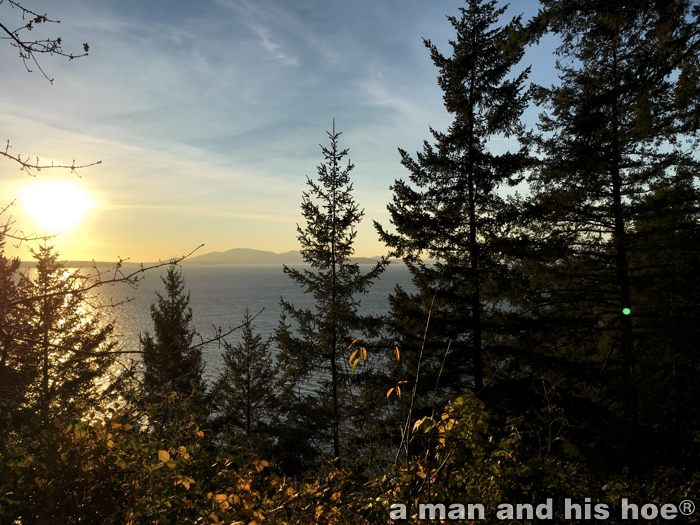
On our way home from a shopping trip to Bellingham, we stopped along Chuckanut Drive to enjoy the evening sun. A boulder at the edge of the cliff was adorned with flowers. Oh, no! What happened here? Did someone fall over? You see something unordinary like this and your mind spins a mile a minute trying to make sense of it. It just takes seconds to picture a heart broken young man plunging to his death … no, a couple on their honeymoon stop to take a selfie, slip, and tragically plunge to their doom … no, a young girl can’t stop texting to her boyfriend while her parents take pictures of the view and she stumbles over the boulder … no, and your mind goes on and on. In a few minutes you’ve written an entire novel in your mind.
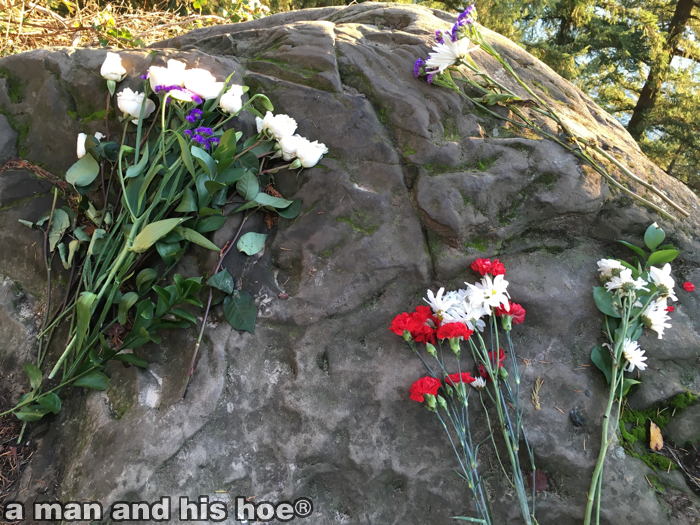

Just as I calmed my mind and walked back to the pickup to leave, there it was … a single shoe next to the curb. Not an old shoe someone would have thrown away, but a perfectly good shoe. No doubt it was the shoe of the heartbroken young man who leapt to his death. Why else would someone leave a perfectly good shoe twenty feet from the boulder on the edge of the cliff? Or is that a woman’s shoe? No, the shoe of a … you tell me. Your explanation is as good as mine.
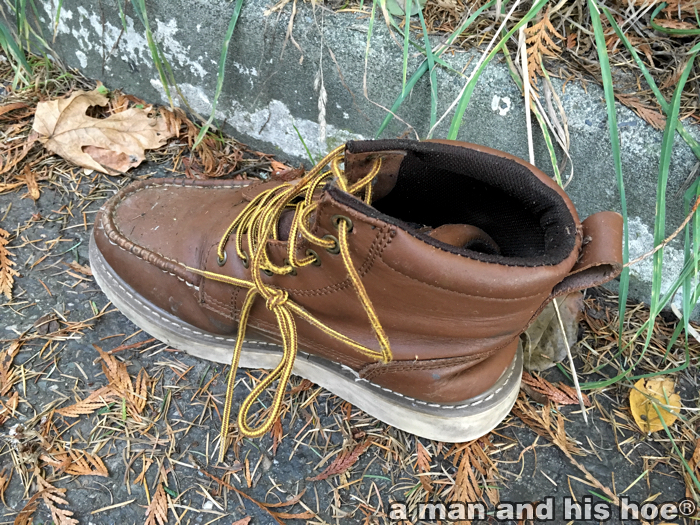
-
Hoary Daybreak
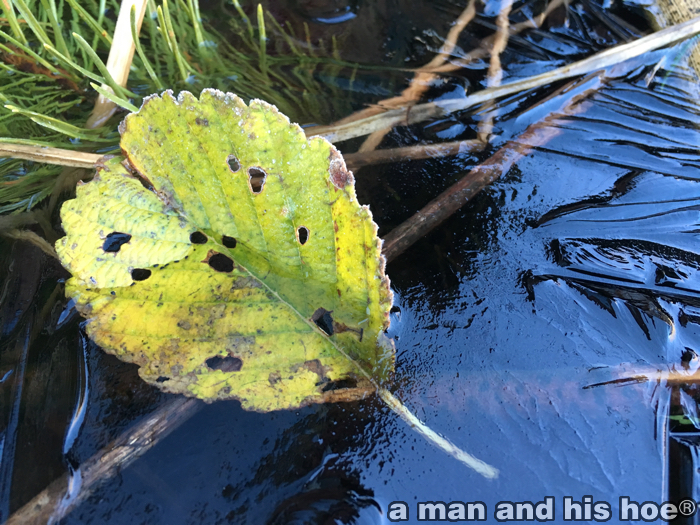
When I went to bed last night, I knew the morning was going to be magical. I could feel it in the way the cold night air stung my nose. This morning we had our first ice. You can have many a frosty morning before first ice arrives, the morning when the surface of the puddles freeze over. The leaves which yesterday were floating on the small pond by the front entrance, are trapped in a layer of clear, cold ice this morning.
We’ve gone beyond dainty frost to the wilds of hoar frost and ice hair, phantasmagorical creations of a deep freeze. They can look like an army of flesh-cutting glass shards to soft, cuddly blankets you want to wrap around your shivering body.
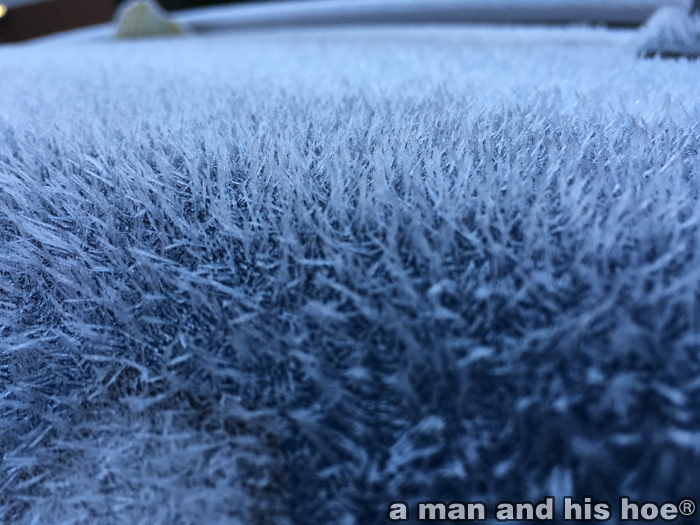

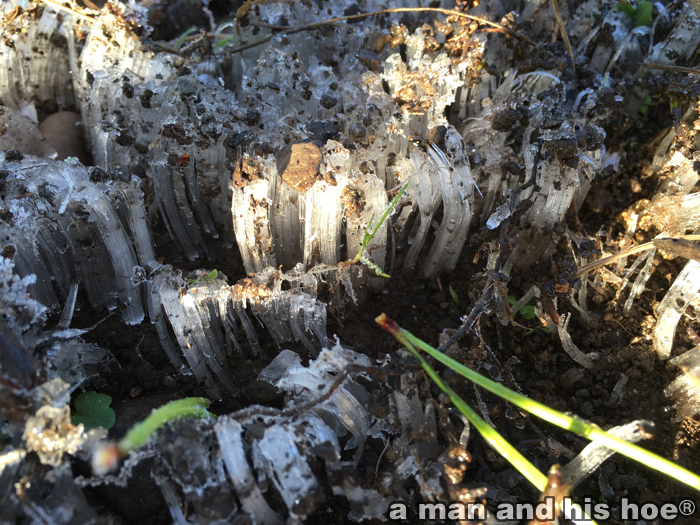

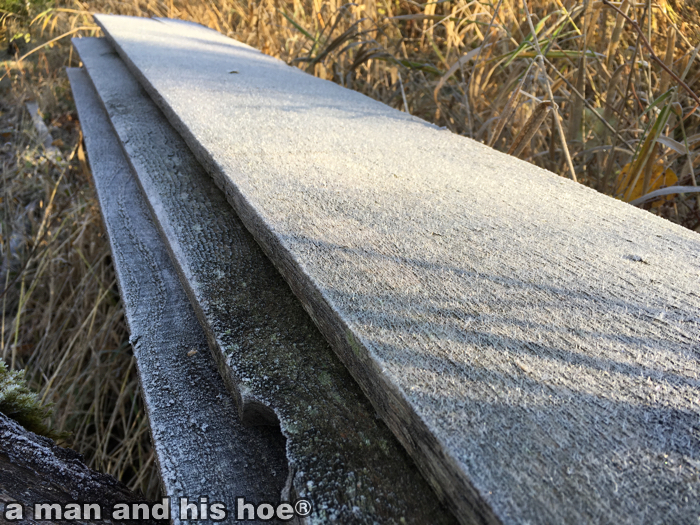
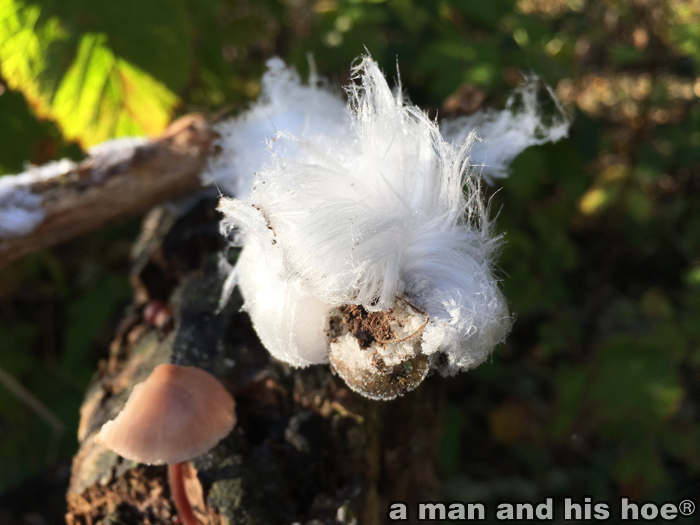
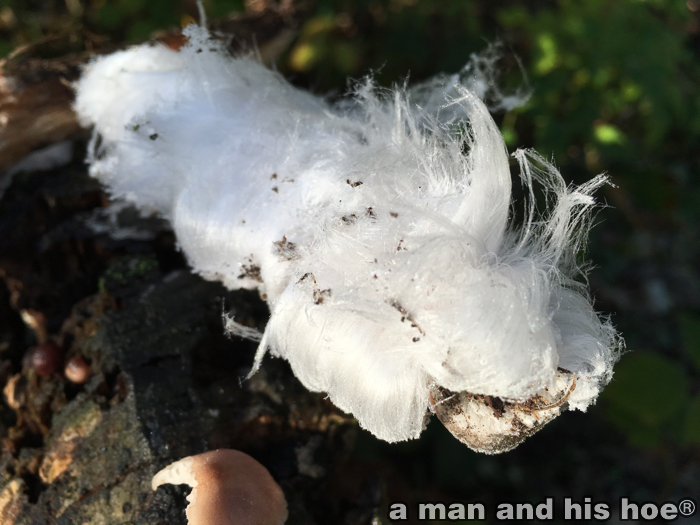

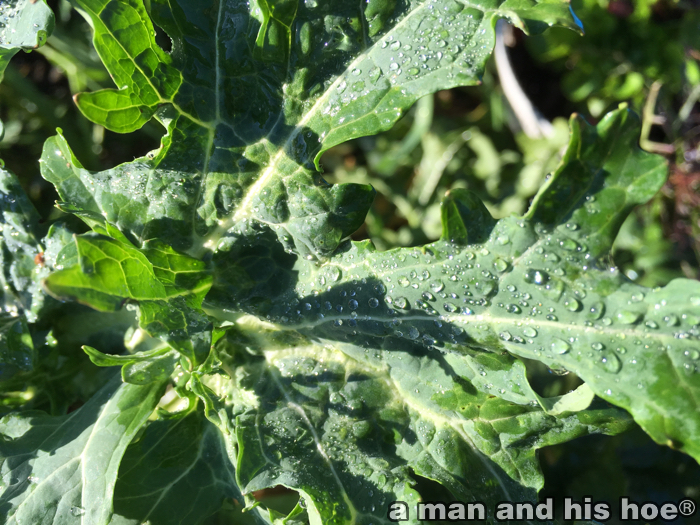
The freezing nights do wonder for kale. Icy weather turns the starches in kale to sugars, making it much milder than kale picked during the summer. It becomes a mild, crunchy green, great for salads. It’s the middle of November and I’m still harvesting a bin of salad greens for Tweets every week. I wonder sometimes where the kale and other salad greens I gather each week end up. I imagine travelers stopping in at Tweets, devouring my eggs and nibbling on my greens, only to fly off that night or the next day to the far corners of the earth. By the time the kale comes out of their bottoms, it could be on the other side of the world. Bon voyage my hearty greens. Send a postcard if you can.

-
Just One
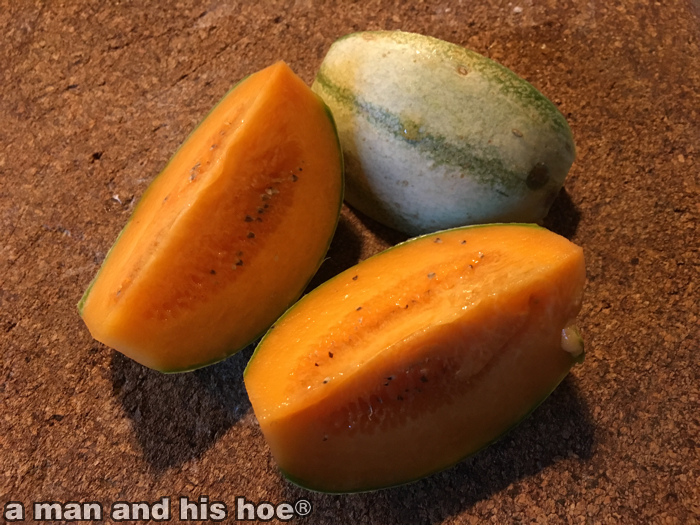
Just one melon, that’s all I got from the artemis melon vines I grew in one of the hoop houses. The vines were loaded with ripening melons this summer when one night, something got into the hoop house and destroyed them. It looked like a mini tornado had gone through the hoop house. Vines, leaves, and melons were ripped to shreds. One vine with one tiny, baby melon survived. I secured the hoop house so that nothing could get in, and after keeping it secure through October, I brought it in a week ago to ripen.
This morning it was time to see what we’d missed this summer, and was thrilled that all was not lost. This one juicy, delicious melon was worth all the effort. Next year I’ll make sure no critters get into the hoop house to destroy the artemis melons.
-
Be Curious
 When I first brewed a cup of Yogi Tea’s Egyptian Licorice tea, I wondered how it could be so sweet. There was no sugar listed on the ingredients, just licorice root, cinnamon bark, orange peel, ginger root, cardamom seed, black pepper, clove bud, natural and organic flavors, and essential oils.
When I first brewed a cup of Yogi Tea’s Egyptian Licorice tea, I wondered how it could be so sweet. There was no sugar listed on the ingredients, just licorice root, cinnamon bark, orange peel, ginger root, cardamom seed, black pepper, clove bud, natural and organic flavors, and essential oils.Curious as to what could be making it so sweet, I purchased some licorice root because I knew what all the other ingredients tasted like. I ground it up and made a tea with it Wow! So that’s why the Egyptian Licorice tea was so sweet. I was even more curious.
I grew up where there was no licorice candy. The first time I had it as a child, my reaction was, “This is icky. People eat this?” It put me off from touching licorice for a long time, but grinding licorice root and tasting it made me explore this interesting root. It is glycyrrhizin in licorice which makes it so sweet. Glycyrrhizin is 50 times sweeter than sugar, and explains why licorice in Chinese is 甘草 which translates to sweet-甘 and grass-草.
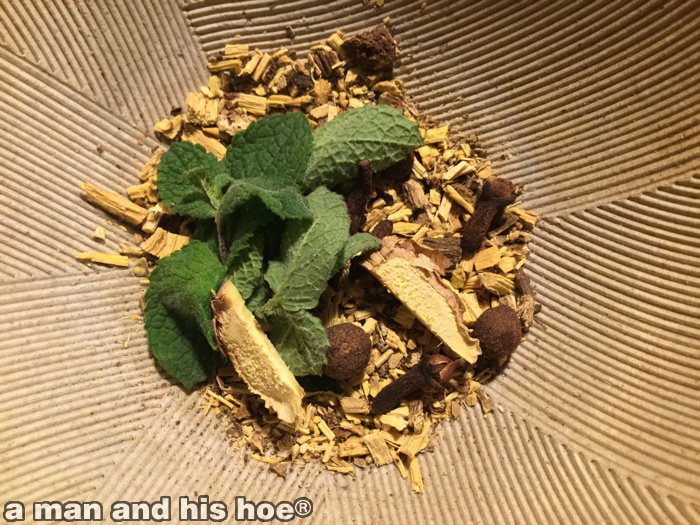
I’m having a lot of fun making teas with licorice root. A bit of mint, some allspice, cloves, slivers of garlic, ground with licorice root is today’s tea. Fresh tea every day. Why not? I grind coffee every morning, why not tea?

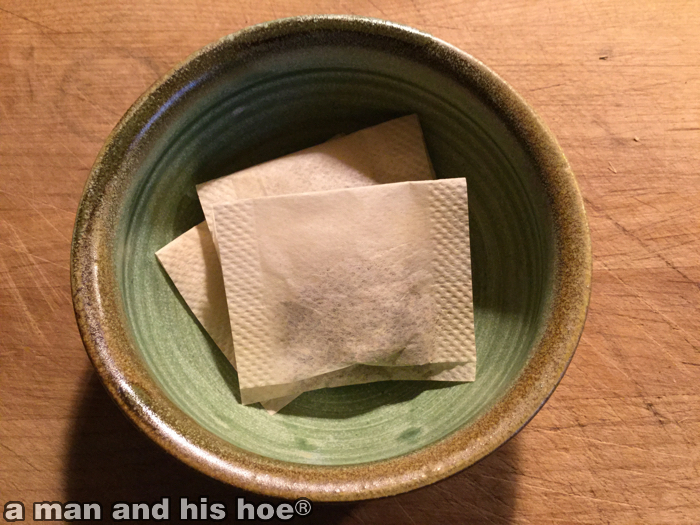
Licorice has a long history of being used by peoples around the world as a medicinal herb. There are dangers in consuming too much of it, so be curious and read up on it before using it.
-
From Beautiful Flowers
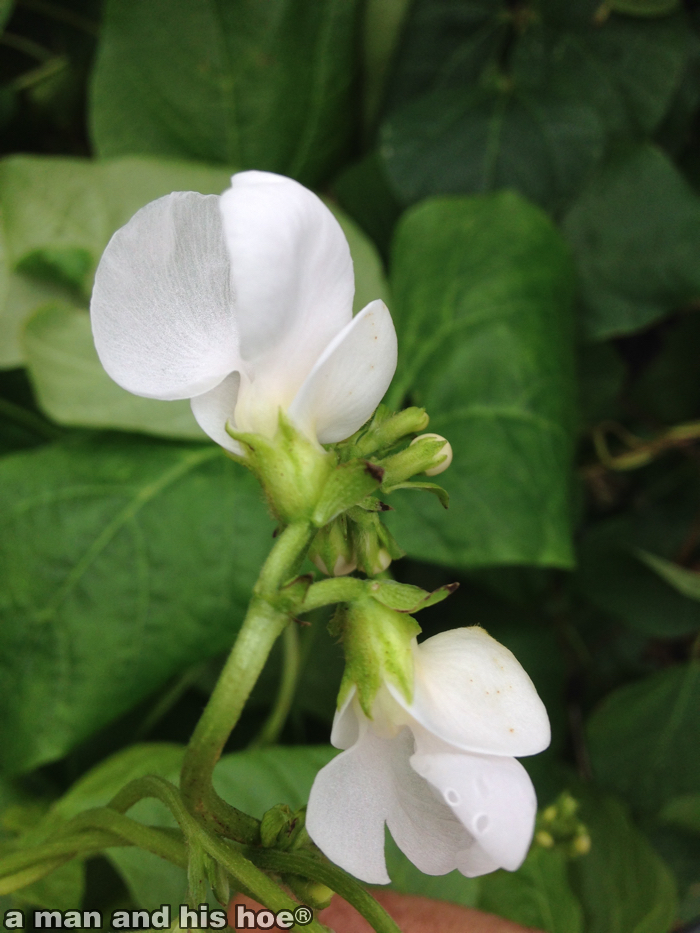
From beautiful flowers come beautiful beans. From beautiful beans come delicious, heart warming meals. I received this text from someone who purchased some of the white flower beans I grew this summer:
I just wanted to share this pic of our first pot of your white flower beans. We made crockpot baked beans and OMG, these are delish!!! Thanks for growing.
Thank you for buying them, and letting me know you enjoyed them. From beautiful flowers come happiness.

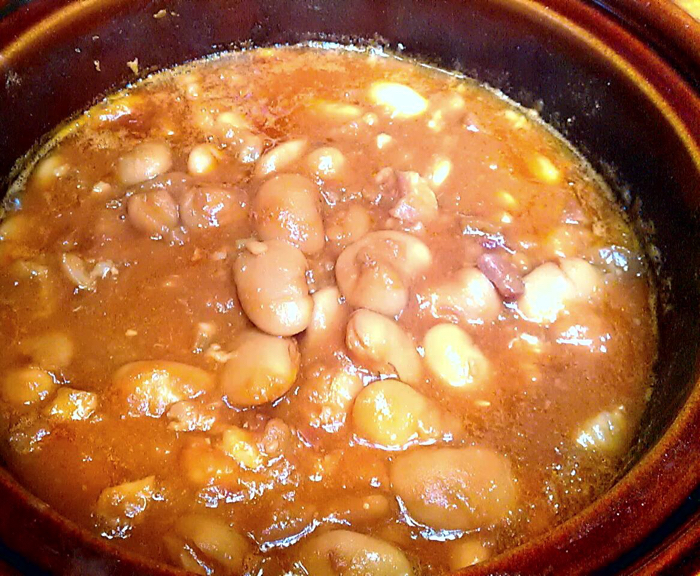
My husband and I were discussing how to describe the taste of the beans recently after eating bowls of them. They are different than other beans. He described them as tasting a bit like little potatoes, and they do.